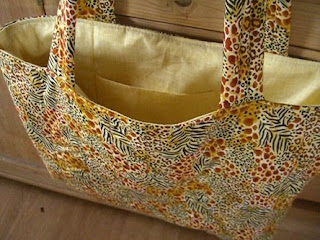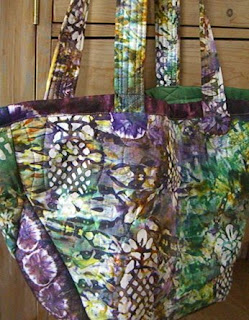This weekend the
Times published a Rich List, and the
Independent published a
Happy List - which is a lot more relevant to most of us. It consists of 100 people who make Britain a better and a happier place to live - and makes cheerful reading. It includes Britain's oldest man and the inventor of the wind-up radio, as well as founders of charities -- and artists, who fall into the "pleasure" category.

In its "Happy facts", the
Independent says: "Giving to charity not only assists others, it also helps you to feel better about yourself, research has found. A Canadian study of how people spent their company bonuses, published in 'Science' magazine, reported that those who gave some or all of it to charity or to others had greater feelings of well-being than those who spent it on themselves."
Britain is known for its volunteer culture. "Some 27% of Britons regularly volunteer with a formal organisation, charity or local group. According to data published by the Institute for Volunteering Research, the causes that benefit most are: education – schools, colleges, universities (31%); religion (24%); and sports, exercise or "health and disability" (both 22%). The institute adds: "The largest proportions of activities were: 'raising, handling money' (65%) and 'organising, helping run an event' (50%)." The most active regular volunteers are 16- to 24-year-olds (43%), followed by 55- to 64-year-olds (42%), and the over-65s (41%). Women are more likely to volunteer than men."
And if you're wondering about the picture, the tulip is called "Happy Hour".
 Here are a couple I made earlier - above, trying to convey the pleasurable feeling of warm soapy washing-up water; and below, a rainstorm -
Here are a couple I made earlier - above, trying to convey the pleasurable feeling of warm soapy washing-up water; and below, a rainstorm -  The rainstorm started with a monoprint on the splodgy dyed fabric (a black dye that separated out into component colours), and the grasses are two different threads on the top layer, rather than the colour being changed by the dark overlay. And you're right, I should have been more careful with getting the gold piece straight....
The rainstorm started with a monoprint on the splodgy dyed fabric (a black dye that separated out into component colours), and the grasses are two different threads on the top layer, rather than the colour being changed by the dark overlay. And you're right, I should have been more careful with getting the gold piece straight....



 In its "Happy facts", the Independent says: "Giving to charity not only assists others, it also helps you to feel better about yourself, research has found. A Canadian study of how people spent their company bonuses, published in 'Science' magazine, reported that those who gave some or all of it to charity or to others had greater feelings of well-being than those who spent it on themselves."
In its "Happy facts", the Independent says: "Giving to charity not only assists others, it also helps you to feel better about yourself, research has found. A Canadian study of how people spent their company bonuses, published in 'Science' magazine, reported that those who gave some or all of it to charity or to others had greater feelings of well-being than those who spent it on themselves."

 I'm surprised to see that Thurber said this. His subtle cartoons and blobby people are intriguing insights into the human condition, and his memories of working on The New Yorker magazine make good reading. Not to mention all his other writing, which I now have the urge to re-read.
I'm surprised to see that Thurber said this. His subtle cartoons and blobby people are intriguing insights into the human condition, and his memories of working on The New Yorker magazine make good reading. Not to mention all his other writing, which I now have the urge to re-read. The caption is: All right, have it your own way -- you heard a seal barking."
The caption is: All right, have it your own way -- you heard a seal barking."


 And there's more yet to be discovered...
And there's more yet to be discovered...













